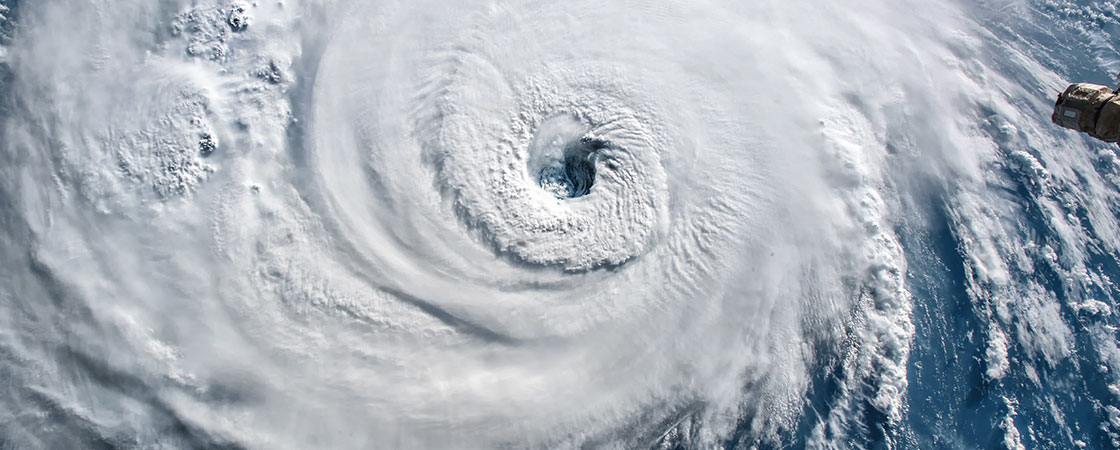Winds whip. Waves crash. Rain slams down on your plane. Lightning flashes in the night sky. Just ahead is one of the most powerful forces on Earth—a hurricane. And you’re flying right into it!
What are you doing? You’re a hurricane hunter, a specially trained scientist who studies hurricanes up close. You’re part of a team of pilots and scientists. Your job is to collect the most up-to-date information about hurricanes. What you learn today could save people’s lives.
Winds blow. Waves crash. Rain hits your plane. Lightning flashes in the sky. There is a hurricane ahead of you. A hurricane is one of the strongest forces on Earth. And you’re flying right into it!
What are you doing? You’re a hurricane hunter. That’s a type of scientist who studies hurricanes. You’re part of a team. This team has pilots and scientists. Your job: gather information about hurricanes. What you learn could help save lives.

